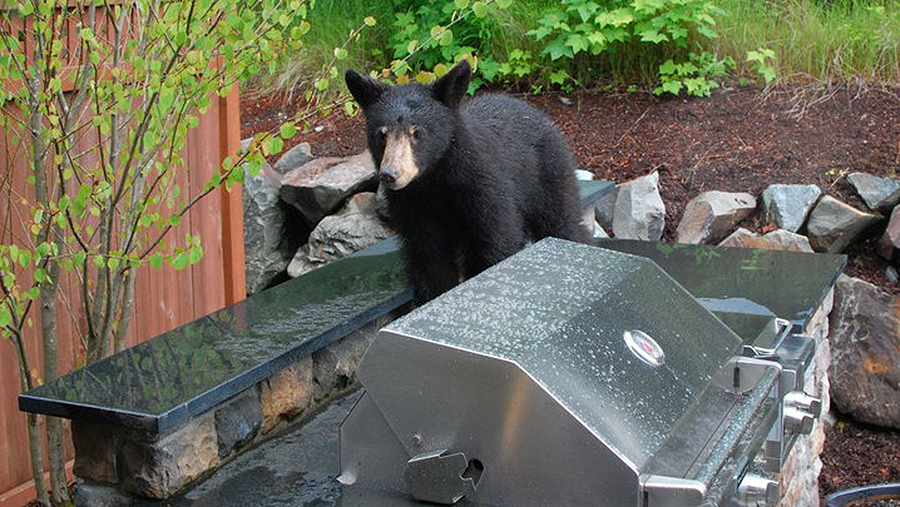Deforestation is the process of cutting down trees in a forested area for commercial, industrial, or agricultural purposes. This activity has a major impact on the natural environment and has been linked to the displacement of animals from their natural habitats. As a result, many animals are being forced to move into nearby urban and suburban areas in search of food, water, and shelter.
Deforestation affects many different species of animals, from insects and small mammals to large predators such as tigers and lions. As trees are removed, the animals that rely on them for shelter and food are left with fewer options. This often leads them to move into nearby areas, including cities and towns, in search of new sources of sustenance.
One example of this phenomenon is the increasing number of urban deer populations in many parts of the world. As forests and wooded areas are destroyed, deer are forced to look for food in suburban and urban neighborhoods. This can lead to conflicts with humans, as deer can damage crops and gardens, cause car accidents, and spread diseases such as Lyme disease.
Another example is the growing presence of monkeys in urban areas in countries like India and Thailand. As their natural habitats are destroyed, monkeys are forced to venture into cities in search of food. While this can be entertaining for tourists, it can also be dangerous for humans, as monkeys have been known to steal food, attack people, and carry diseases.
Deforestation also has a negative impact on the overall health and well-being of animals. Many species depend on the forest ecosystem for their survival, including birds and insects that help to pollinate plants and trees. Without these species, the forest ecosystem can become imbalanced, leading to a decline in biodiversity.
It is clear that deforestation has serious consequences for both the natural environment and the animals that depend on it. To prevent further destruction of animal habitats, it is important to promote sustainable practices such as reforestation and conservation efforts. This can include initiatives such as planting new trees, preserving existing forests, and promoting sustainable agriculture.
In conclusion, deforestation is driving animals into civilization, leading to increased conflicts between humans and animals, as well as negative impacts on animal health and biodiversity. By taking action to promote sustainable practices and protect animal habitats, we can help to mitigate the effects of deforestation and ensure the long-term survival of our planet's wildlife.








